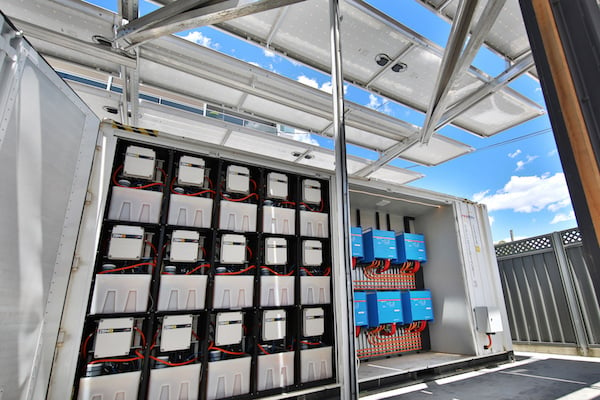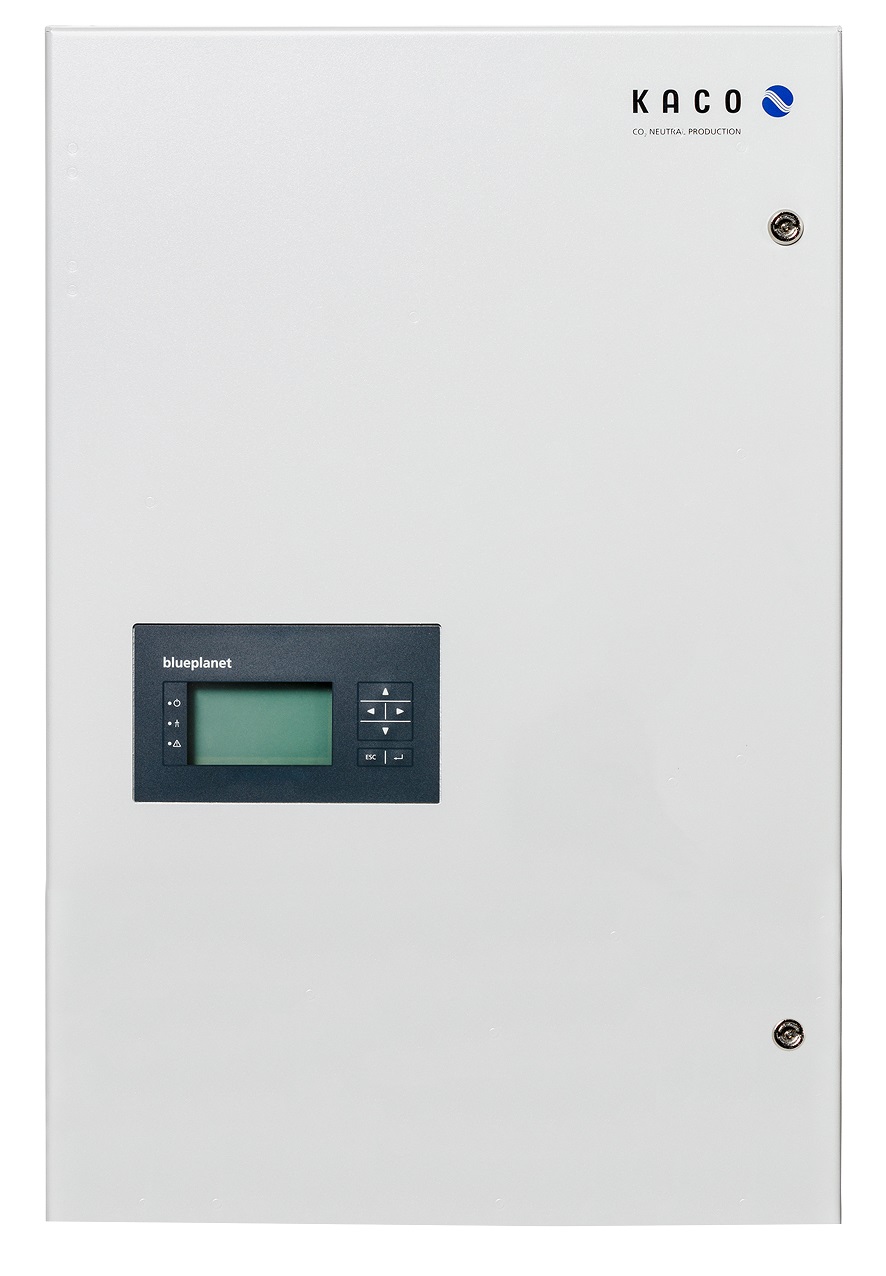
Redflow creates 450kWh systems from smaller units
21 February 2018: Australian flow battery manufacturer Redflow, which has just begun implementing mass production techniques at its factory in Thailand, has now created a ‘large-scale battery’ (LSB) with a capacity of 450kWh.
The company is known for its 10kWh ZBM2 zinc bromide flow batteries, which it mostly sells to commercial and industrial (C&I) customers, touting advantages including cheap and recyclable plastic parts which it claims will lower the cost of both production and purchase.
Enjoy 12 months of exclusive analysis
- Regular insight and analysis of the industry’s biggest developments
- In-depth interviews with the industry’s leading figures
- Annual digital subscription to the PV Tech Power journal
- Discounts on Solar Media’s portfolio of events, in-person and virtual
Or continue reading this article for free
Redflow said that company founder and former CEO Simon Hackett has installed a Redflow LSB at property he owns in Adelaide, underneath a 50kW solar array, linked to another 20kW solar installation.
The LSB uses 45 separate ZBM2 batteries, along with six 12kW Victron Quattro 48/15000 battery inverter/chargers in what Redflow described as both a “simplification” and the addition of ‘plug and play’ capabilities to the product’s installation process.
“Although we initially purchased a large industrial AC inverter with the LSB, it lacked the monitoring, logging or control systems to let it interact with our on-site solar. While we could charge and discharge our large battery ‘manually’, we couldn’t integrate it with the building, without an expensive consulting project to develop a bespoke third-party control system,” Hackett said, before Redflow settled on combining the system with a Victron Energy CCGX controller unit.
KACO introduces new battery inverter
21 February 2018: Germany-headquartered solar inverter manufacturer KACO has unveiled a new 50kW device that the company claims is designed with versatility in mind, including compatibility with batteries from a range of providers.
The blueplanet gridsave 50.0 TL3-S is a bi-directional inverter with a claimed efficiency of 98.5%. Aimed at the commercial and industrial (C&I) and utility-scale markets, KACO said it is compatible not only with lithium-ion batteries, but potentially other types as well.
The device can be operated in parallel on the DC side, connecting a high-capacity battery to several inverters. This allows for high system availability – different batteries could perform different tasks, or be scheduled to do so at different times – and high efficiency, the company claimed.
The system can also be installed in parallel on the AC side and safely installed outdoors. It will be officially launched at Energy Storage Europe next month in Germany.

US contractor PetersenDean selects SolarEdge, LG Chem for home energy push
21 February 2018: PetersenDean, a major home improvement contracting company in the US, has selected SolarEdge inverters and LG Chem batteries to create what the company calls “an affordable path to solar ownership and energy storage”.
PetersenDean Roofing & Solar apparently installs approximately 2,000 solar PV systems and roofing solutions each month. The installation subsidiary will offer customers LG Chem’s 9.8kWh Residential Energy Storage Unit (RESU) 10H battery systems, along with a complete inverter solution from Israel-headquartered SolarEdge which includes module-level power electronics, integrated into the company’s StorEdge energy management platform.
LG Chem batteries were among the first to be announced as compatible with SolarEdge technology, along with Tesla’s Powerwall.
“Both of these companies’ commitment to technology, coupled with efficient and high-quality manufacturing processes produces solutions that exhibit the highest levels of safety, performance, and reliability,” PetersenDean Roofing & Solar CEO Jim Petersen said.
